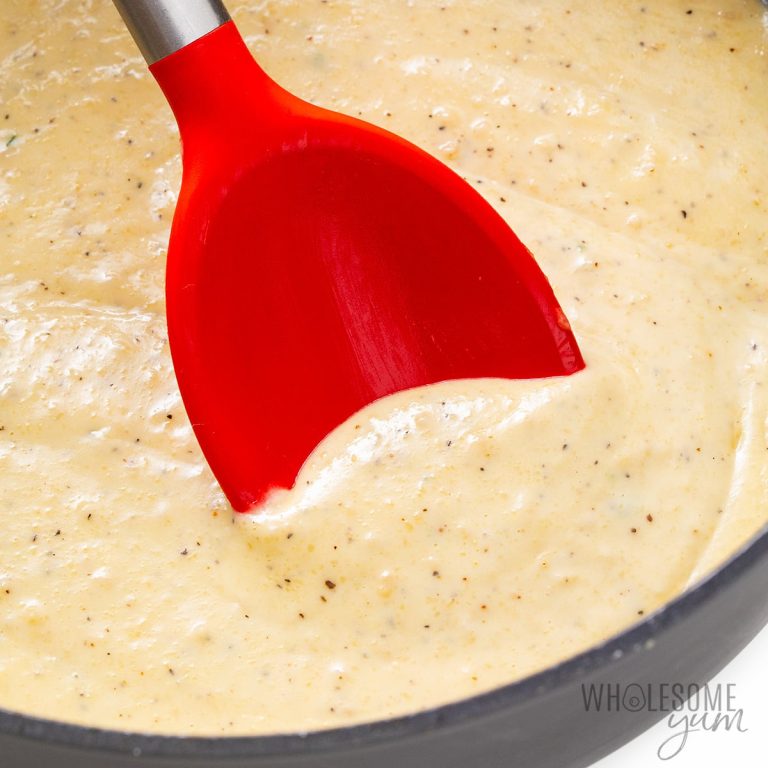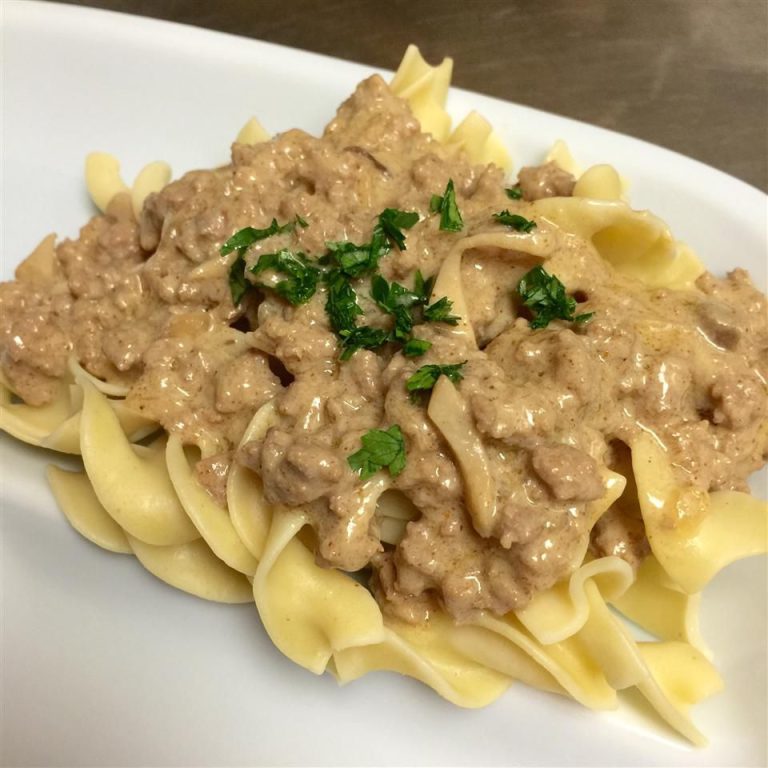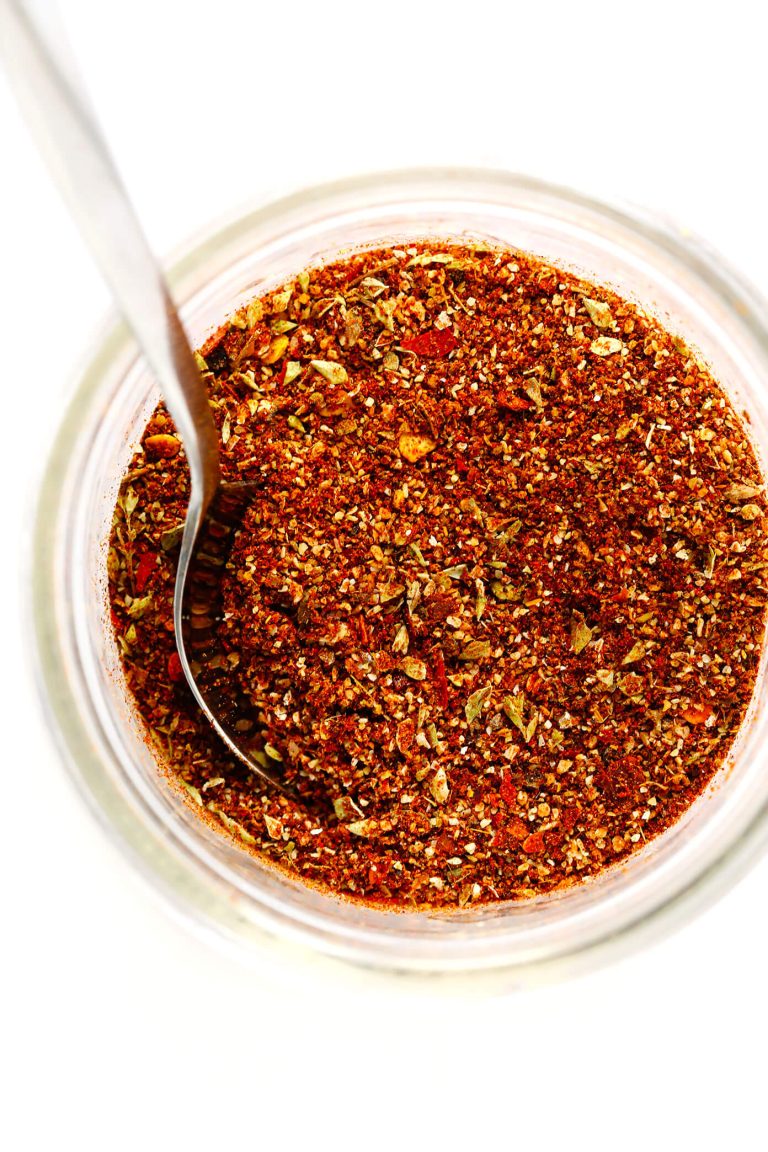Mexican Rice: Traditional Recipes, Modern Twists, and Perfect Pairings
Mexican rice, or “arroz rojo,” boasts diverse recipe variations influenced by regional ingredients and cultural fusion. Indigenous staples such as tomatoes and chiles combine with Spanish-introduced rice, creating a unique culinary blend. In Northern Mexico, you’ll find versions incorporating beef or pork, while in Yucatan, achiote paste provides a distinct flavor. Central Mexico often features vegetarian versions, highlighting the local produce. Each variation celebrates the area’s heritage and available resources.
The Journey from Spanish Paella to Mexican Arroz
Spanish settlers introduced rice to Mexico in the 16th century. Paella, a Spanish dish, influenced the creation of Mexican arroz. While paella uses seafood and saffron, Mexican arroz adapts to local taste with tomatoes, garlic, and cumin. Over time, Mexican ingredients and flavors transformed the dish, making it a national staple. Mexican arroz reflects a blend of history and adaptability, showcasing the evolution from its Spanish origins to a beloved Mexican dish.
Key Ingredients in Traditional Mexican Rice
Rice Selection: Why the Type Matters
The type of rice impacts texture and flavor. Long-grain white rice is commonly used for its ability to stay separate and light after cooking. This ensures each grain absorbs the vibrant flavors of the dish without becoming mushy. Jasmine or basmati rice can be used as substitutes if long-grain rice isn’t available. Avoid using short-grain varieties as they tend to clump together and don’t complement the traditional texture.
The Role of Tomatoes and Peppers
Tomatoes and peppers form the flavor base of Mexican rice. Fresh tomatoes or tomato sauce provides the deep red color and slight acidity essential to the dish. Jalapeño or serrano peppers, whether fresh or canned, offer a mild to moderate heat, enhancing the overall taste. These ingredients contribute to a harmonious balance of sweetness, tanginess, and spice, making the rice flavorful and aromatic.
Cooking Techniques for Perfect Mexican Olla
The Importance of Sauteing Spices
Sauteing spices is crucial for infusing Mexican rice with flavor. First, heat oil in a pan over medium heat. Add aromatics like garlic, onions, and chiles. Stir until these ingredients release their oils, which typically takes 2-3 minutes. This base layer enriches the overall taste profile by blending the spices deeply into the rice. Sauteing also prevents raw, harsh flavors that can dominate the dish if not properly cooked.
Simmering Tips for Fluffier Rice
To achieve fluffy Mexican rice, start by rinsing the rice under cold water until it runs clear. This removes excess starch and prevents clumping. Once added to the pan with the sauteed spices, pour in the correct ratio of liquid—usually 2 cups of broth to 1 cup of rice. Cover, reduce the heat, and let it simmer undisturbed for about 18-20 minutes. Avoid lifting the lid to retain steam. After cooking, let the rice sit off the heat for 5 minutes before fluffing it gently with a fork. These steps ensure each grain cooks evenly and absorbs the flavorful broth.
Popular Variations of Mexican Rice
Coastal vs. Inland Recipes
Mexican rice varies significantly between coastal and inland areas. Coastal recipes often include seafood like shrimp or fish, integrating fresh, local produce. These dishes typically use ingredients such as tomatoes and green chiles for a lighter, zesty profile. The use of seafood exemplifies how coastal communities maximize available resources.
Inland recipes, however, lean towards heartier ingredients like beef or pork. These recipes frequently incorporate achiote paste or mole for deeper, richer flavors. Beans and corn also appear in inland variations, adding texture and nutritional value. These ingredients reflect the agricultural abundance of Mexico’s interior regions.
Modern Twists on an Old Classic
Contemporary chefs bring innovative approaches to Mexican rice, blending traditional flavors with modern techniques. One popular twist involves using quinoa or cauliflower rice as a base instead of white rice. These alternatives cater to health-conscious diners while retaining the dish’s signature seasonings like cumin and garlic.
Fusion cuisines also introduce unique elements to Mexican rice. You might find recipes incorporating Asian-inspired ingredients like soy sauce or ginger, creating a diverse flavor profile. Vegetarian and vegan versions often add a variety of vegetables, such as bell peppers and zucchini, providing color and nutritional density.
These modern variations showcase the versatility of Mexican rice, proving that this classic dish can evolve while maintaining its cultural essence.
Serving and Pairing Ideas
Best Dishes to Accompany Mexican Rice
Mexican rice offers versatility when paired with a range of dishes. Here are some top options:
- Tacos: Enhances the flavors and provides a satisfying texture contrast.
- Enchiladas: Complements the saucy and cheesy profile, balancing the richness.
- Burritos: Acts as a filling component, adding flavor and heartiness.
- Grilled Meats: Pairs well with carne asada or pollo asado, enhancing the smoky taste.
- Fajitas: Synchronizes with the sizzled vegetables and proteins, adding a base layer of taste.
- Seafood: Completes dishes like fish tacos or shrimp fajitas, harmonizing with the fresh flavors.
- Beans: Refried or black beans offer a protein-packed pairing, creating a balanced meal.
Creative Ways to Serve Mexican Rice
You can serve Mexican rice in various innovative ways. Here are some ideas:
- Rice Bowls: Combine with proteins, vegetables, and toppings for a nutritious meal.
- Stuffed Peppers: Use as a filling for bell peppers, adding cheese and baking for a flavorful dish.
- Wraps: Integrate Mexican rice in wraps or burritos to amplify the taste and texture.
- Taco Salads: Layer in taco salads, offering both a crunchy and soft texture.
- Casseroles: Mix with beans, cheese, and meat, then bake for a hearty casserole.
- Breakfast: Serve alongside fried eggs, avocado, and salsa for a Mexican-inspired breakfast.
- Quesadillas: Add inside quesadillas for extra flavor and volume.
Incorporate these ideas to enjoy Mexican rice in both traditional and innovative ways.
Conclusion
Mexican rice is more than just a side dish; it’s a celebration of rich flavors and cultural heritage. Whether you stick to traditional recipes or experiment with modern twists, there’s no limit to how you can enjoy this versatile dish. Pair it with your favorite Mexican meals or get creative with unique serving ideas. Mexican rice is sure to bring vibrant taste and color to your table, making every meal a delightful experience.






